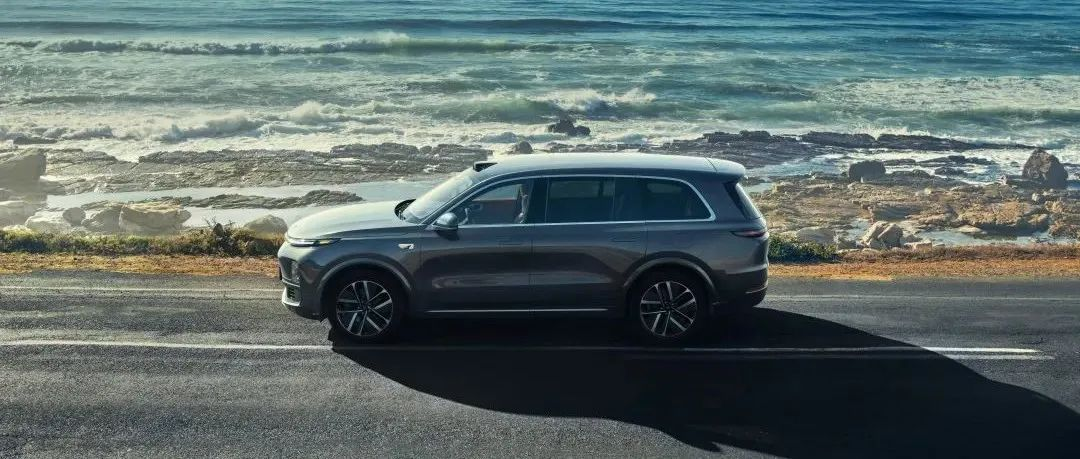Author: Chang Yan
Whenever the cool breeze blowing in through the window turns into a warm one, it’s the season when the annual iPhone matures.
According to the product release schedule, the new iPhone of the year has already entered the mass production stage, and various media outlets have been tirelessly revealing information from their familiar sources.
Most likely, this year’s iPhone 14 family will be once again become a hot seller, whether it’s the performance of the Pro Max or the battery life of the Max.
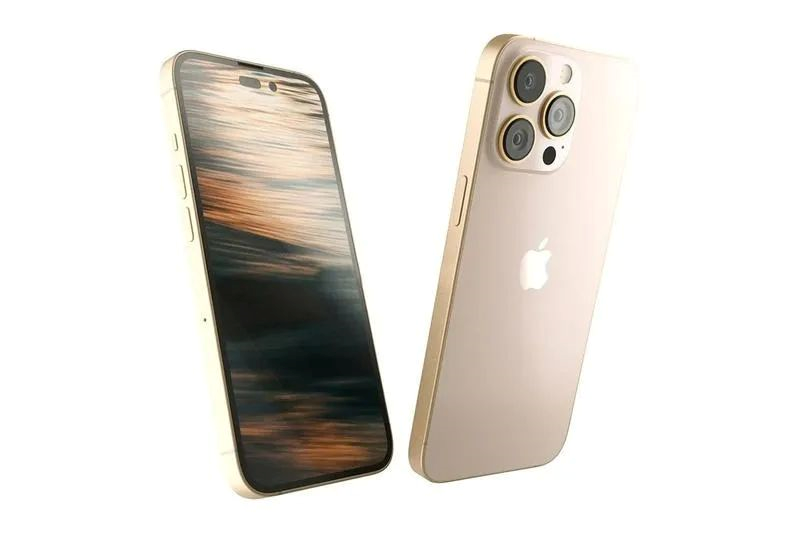
Since the moment Steve Jobs held up the first iPhone in 2007, Apple has been “ruling” the world for 15 years.
Who wouldn’t want to have such a money-making ability, and who wouldn’t want to have such an opportunity to change the world?
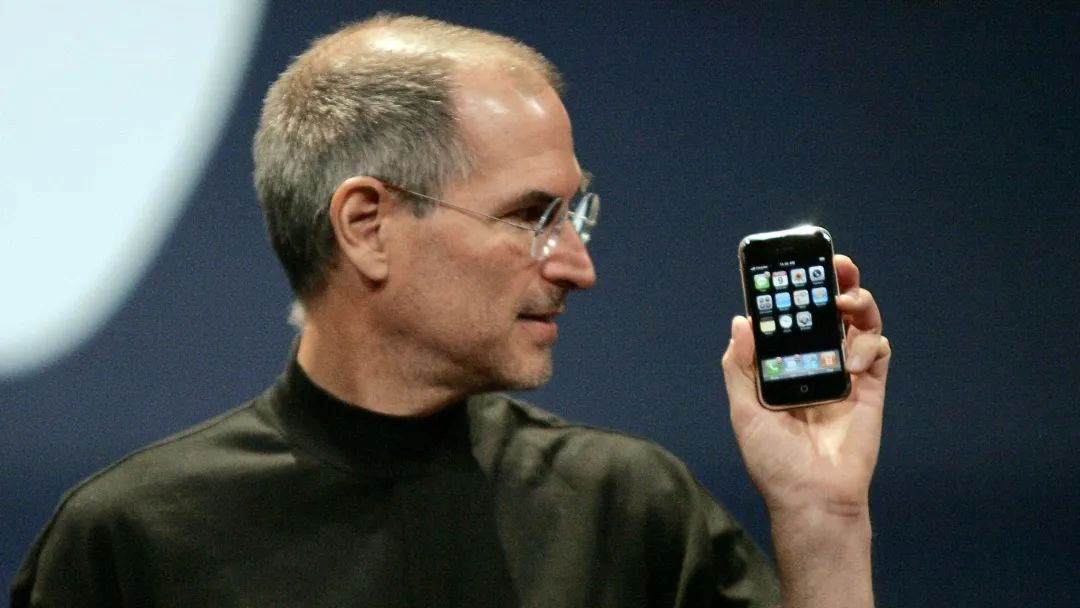
Similarly, in the past few years, new car startups at home and abroad have been using Apple’s story to educate society about their own companies.
Like Chinese tech companies, the founders of Chinese new car startups have also express their desire for the status of Apple in various occasions without disguising their admiration for the tech giant.
Among them, Li Xiang, the founder of Li Auto, is not only one of the leaders of the top three new car startups, but also a long-term Apple fan.
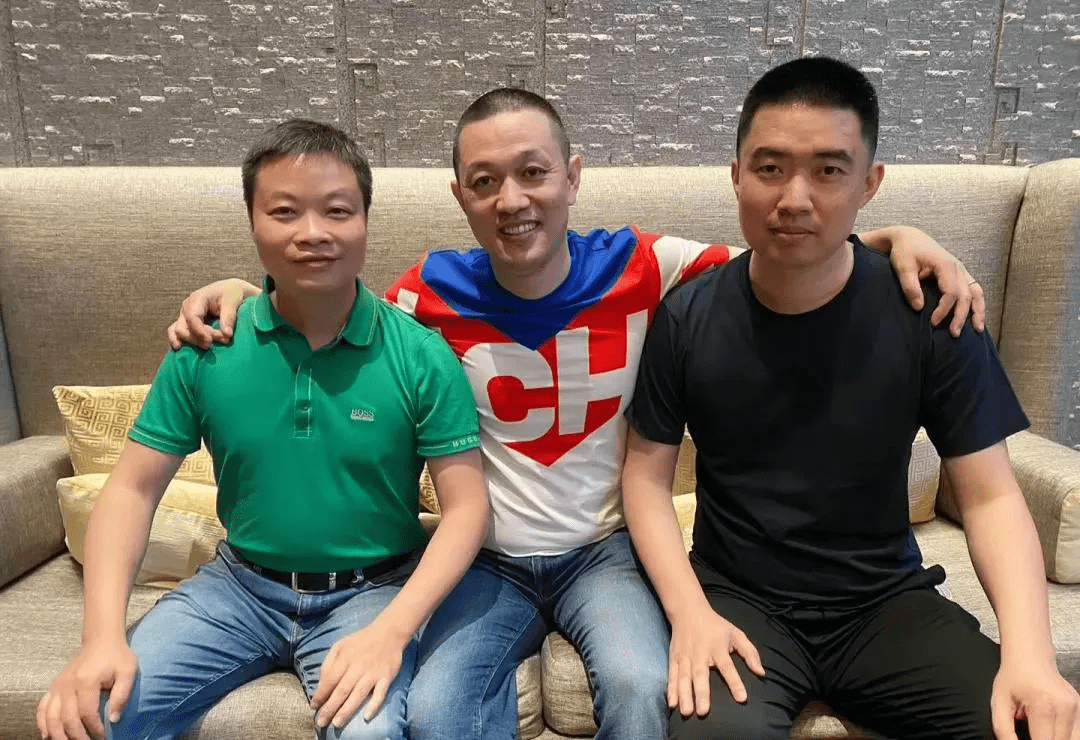
The day before yesterday, Li Auto once again unveiled a new product, the L9, which better embodies its product philosophy. Over the next two days, this highly sought-after product encountered more differentiation and intense conflicting views on the internet. So, at yesterday’s media briefing, Li Xiang once again mentioned Apple.
L9 Max?
After the press conference, many people, including our company, were itching to transfer their remaining balance in their bank accounts to Li Auto.
More surprisingly than finding out that the Li Auto app crashed at that moment, many people discovered that the full name of the L9 they bought on the Li Auto app is called the 2022 L9 Max.
This familiar suffix, coupled with Li Xiang’s statement in the Q1 earnings call that “our product plans are very similar to the iPhone,” make people wonder if there will be other models that belong to the same series but are of different styles.
At the media briefing, Li Xiang provided an explanation for this.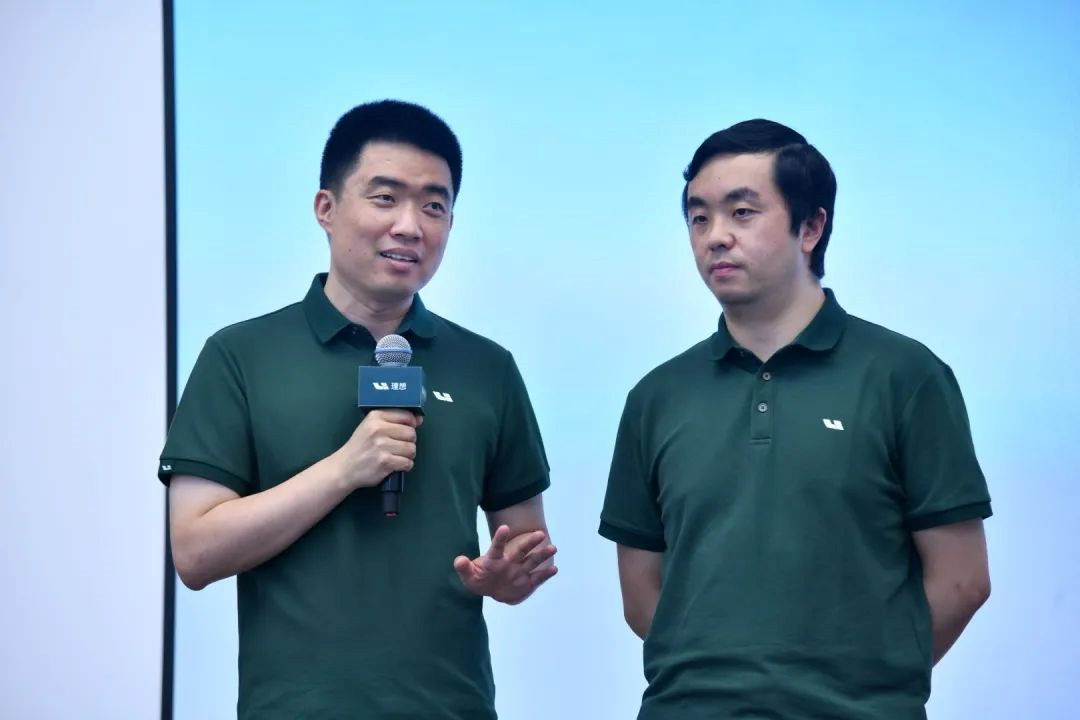
He said that the ideal intelligent cabin system and intelligent driving system would have two levels: Max and Pro. L9 is the flagship with only Max models, while the technological level of Ideal ONE is defined as Pro.
“When two MAX units are combined, our model is called MAX; when two PRO units are combined, our model is called PRO, it’s that simple.”
Just a moment.
If you have any impression of Jobs’ second return to Apple and the division of products into professional-level and home-level, you will find that there should be four quadrants when they intersect. So what should this be called when one is Max and the other is Pro?
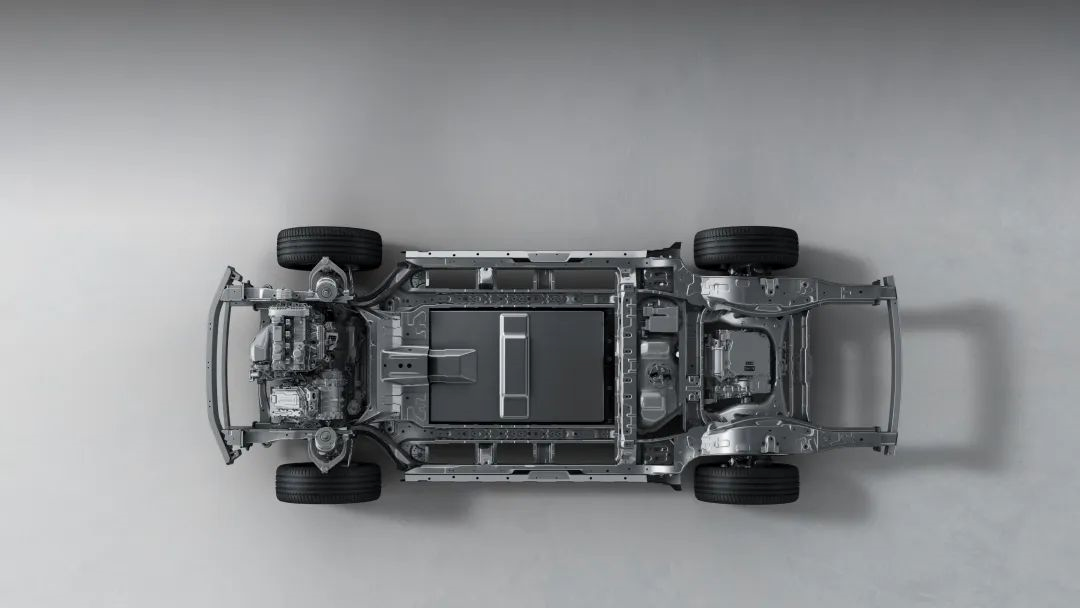
Also, during the financial conference, Li Xiang said that the division of product levels should also consider the form of power, but this time the dimension of evaluation was lost?
In summary, the significance of the iPhone product system is to divide the product power accurately and achieve universal understanding. At present, Ideal is still far from this step. Just in the planning aspect, there is still a distance to go before the explanation conference, compared to Apple.
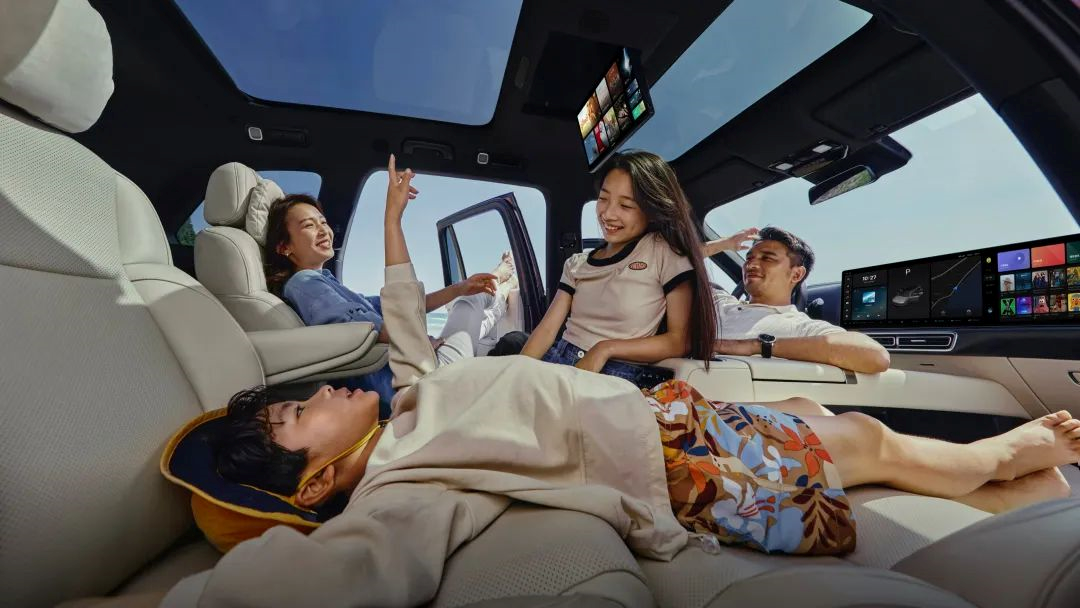
However, Li Xiang himself also realized the significance of precise product positioning, “Everyone always says that the user group Ideal Motors targets is too narrow, and I think that they are lacking basic theory and logical reasoning.”
In his opinion, “89% of those who buy cars over 200,000 RMB are families. But if you (set requirements for the team) talk about (making) high-end (cars), the team will brush up its existence in the research and development, and will brush up its existence in product power. But when you talk about families, he will build every penny and every technology around families. I think this is different. This is a positioning problem.”
Apple is cost-effective
In 2010, as a senior in college, I interned at a large technology media, and at the time, I received a benefit: purchasing an iPhone 4 at a corporate discount.
But at that time, with only an intern’s salary, I still had to give up this opportunity. Later on, the iPhone 4 was difficult to find, and the new phone purchased by my colleague at a discount was sold easily for a markup of 3,000 yuan without even being opened. That was basically my intern salary for a month.
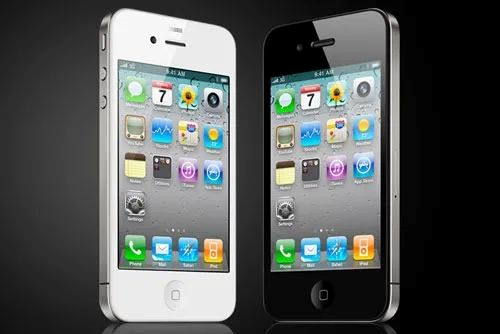
The reason why iPhone was difficult to obtain is due to the rare experience and competitiveness it offered in the market at that time. Li Xiang must have been deeply impressed by this product generation. He said, “Everyone always thinks that Apple’s products are a bit expensive. For example, when iPhone 4 was released in 2010, it was priced at 4999, while the price of N97 was 8999, but in fact, the N97 was much rougher than iPhone 4. Only Vertu can achieve the refinement of the entire iPhone4, and its selling price is about RMB 30,000 to 1 million.”
In Li Xiang’s view, “If I can lead everyone to reach a higher level, they can buy a product experience and product details that were previously only available at luxury and very high levels, which is the core concept of Apple.”
“Our understanding of Apple is like this, and we will also insist on doing it this way.”
Similar product ideas can also be seen on the Ideal L9. It can be simply understood that Ideal dilutes the R&D and on-board costs of previously more expensive product configurations by concentrating configurations. In turn, the popularization of these configurations has provided completely superior user experience for Ideal’s products at the same price point, and has improved user loyalty in the aspects of value retention and long-term value.
Compared by Ideal is the Audi Q7: “The price of Ideal ONE is similar to the starting price of Audi Q7 (note: in the European and American markets). However, Audi Q7 has a four-cylinder gasoline / diesel engine, six-cylinder gasoline / diesel engine, eight-cylinder gasoline / diesel engine, and hybrid power. Its seats have a five-seater version and a seven-seater version, and the five-seater version has a variety of different configurations. You can calculate that the Audi Q7’s global sales are currently between 3,000 and 5,000 units. It’s along with the R&D costs, different seat and configuration costs. Ideal ONE sells over 100,000 units a year and over 10,000 units per month with just one set of products, so the entire cost is completely different.”Here is the English Markdown text with professional translations and preserved HTML tags:
It seems that Li Xiang’s vision about Apple’s product logic can be derived from the following: “Therefore, we can boldly use this approach and bring those products, which used to be considered unattainable and cost over one or two million, to the price range of luxury medium-sized cars, so that everyone can afford it. This is the core philosophy we have studied from Apple. Apple’s products are slightly expensive but their cost performance is exceptionally high, which is different from the cost performance represented by some standardized products made into very cheap prices in China, a developing country over the past many years. This requires different capabilities of the enterprise, and this is the approach we choose.”
“Above all, this is the core philosophy of Ideanomics for the products and configurations, which is a sincere tribute to Apple’s choice.”
How difficult is it to be an Apple in the car industry?
In the past, countless new car companies were dubbed the Apple of the automotive industry, and now, countless new car companies claim to be the Apple of the automotive industry.
Unfortunately, there are no fruits to pick from this tree yet.
Even Tesla, the most high-profile of the current car makers, owns a charismatic leader, cool product features, and a leading market position, just like Apple did in the past. But upon careful inspection, the genes of the two companies are still incomparable.

While there are undoubtedly differences in the audience range, repurchase rate, and supply chain between the two industries, it is also closely related to the commercial thinking of the two companies, including their pricing strategy, quality selection, and profit model.
Let’s take two examples related to perforations.
Back in the day, in order to produce the unibody body of the MacBook Pro, Jobs wanted the computer’s indicator light not to destroy the unity of the body. Thus, Apple’s engineers achieved the world’s highest precision CNC perforation, allowing the MacBook Pro to emit the power light from the aluminum alloy without affecting the appearance. On the other hand, because it was said that perforations for seat ventilation had a significant impact on the progress of the seat manufacturing process, Musk directly decided to remove the seat ventilation feature from several models of the Model S/X.
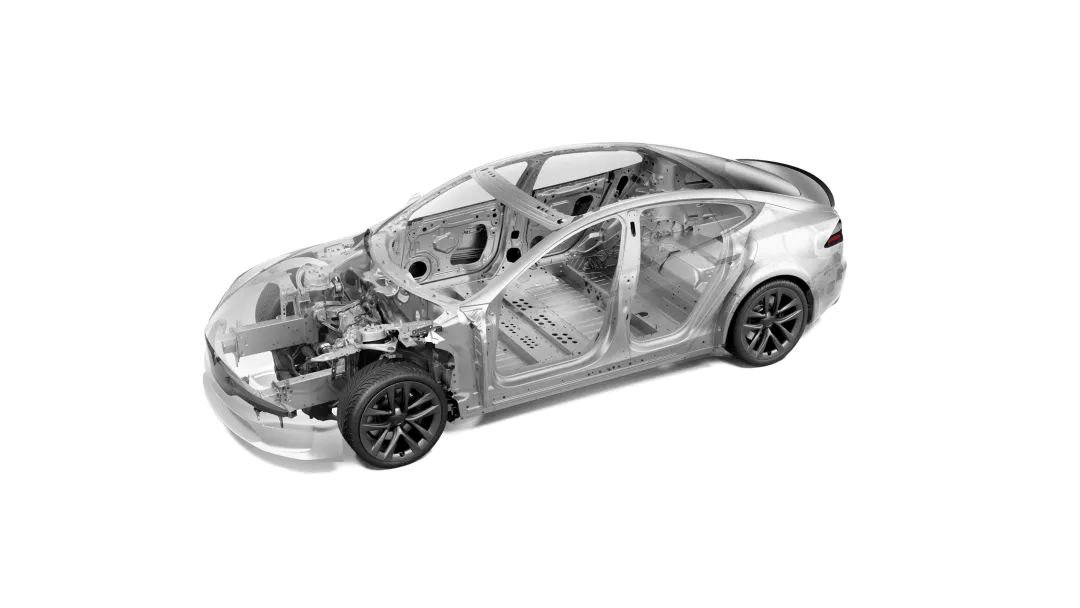
It seems a bit far-fetched, but the point is that there are still many roads for Ideanomics to take if they want to become Apple.First, the experience of Apple is increasingly closely related to the high-value full ecological linkage at present. Due to the inherent characteristics of the island, it’s difficult for smart cars to achieve ecological viscosity by relying on customers’ purchase of more products of the same brand but different categories, for example, you may be unable to leave iPhone due to Apple Watch, but you won’t be unable to leave ideal car due to ideal motorcycle. Therefore, Ideal can only continuously strengthen its value in software and hardware coordination, including the underlying functions of intelligent driving and the user interaction of intelligent cabin.
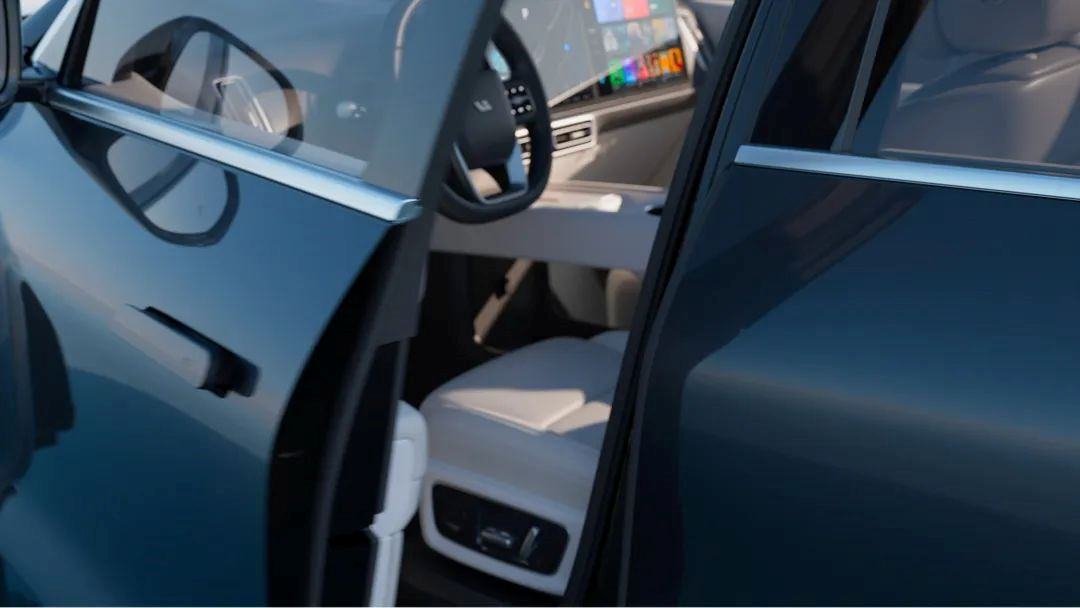
On L9, we can see Ideal’s research and development ideas and technological breakthroughs in these two aspects, but because new power manufacturers are all in a critical stage of transformation this year, Ideal has not yet achieved a leading position in this era. From the problem of regional self-research to self-research of the whole vehicle system, low-frequency scenarios may also be a test for all manufacturers.
Second, the Apple experience comes from the absolute grasp of innovative experience. Historically, numerous industry features, including Touch ID, Face ID, Apple Pay and so on, were brought by Apple, but unlike the innovation of friendly competitors, Apple’s founder’s harsh demands, abundant funding and extremely strong innovation capabilities make these functions not only available when they are delivered but also easy to use, and of course, Apple’s features that do not meet this criterion are all done to death.
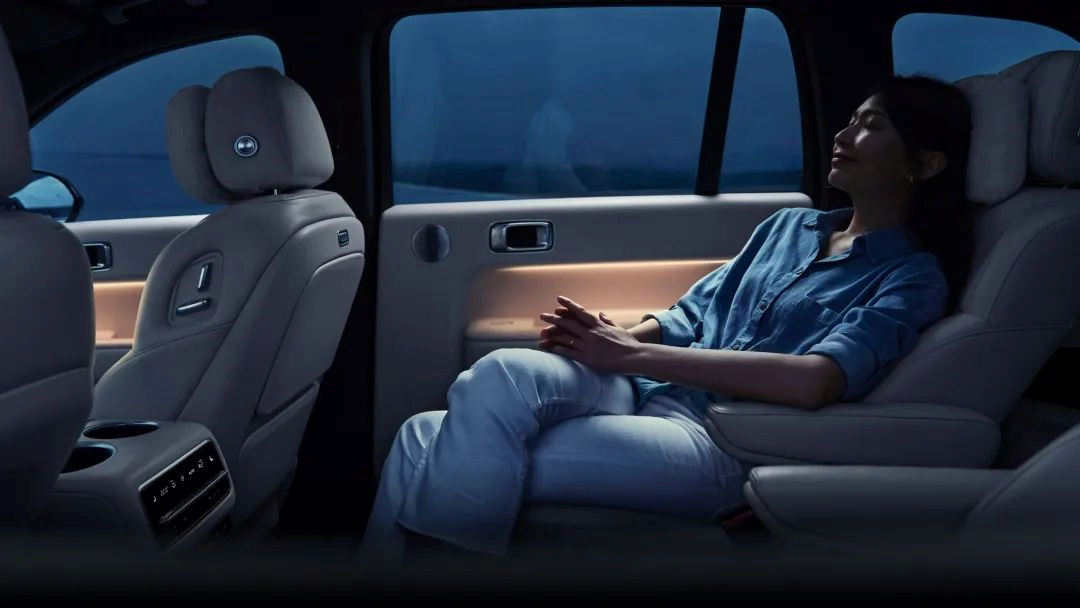
On the Ideal L9, we can also see Ideal’s deep understanding of the transition from 2D to 3D cabin space, and attempt to innovate the interaction between people and cars through interaction methods other than touch and voice. However, our experience is that while the concept is ahead of one generation, the detailed experience is still only in its early usable state. Although Ideal’s head indicated that action capture in the car could achieve an accuracy of 1mm, gesture interaction in L9 still requires a large swing range, and recognition rate still needs improvement. The control and tolerance of these innovative features will determine the distance between Li Xiang and Cook.
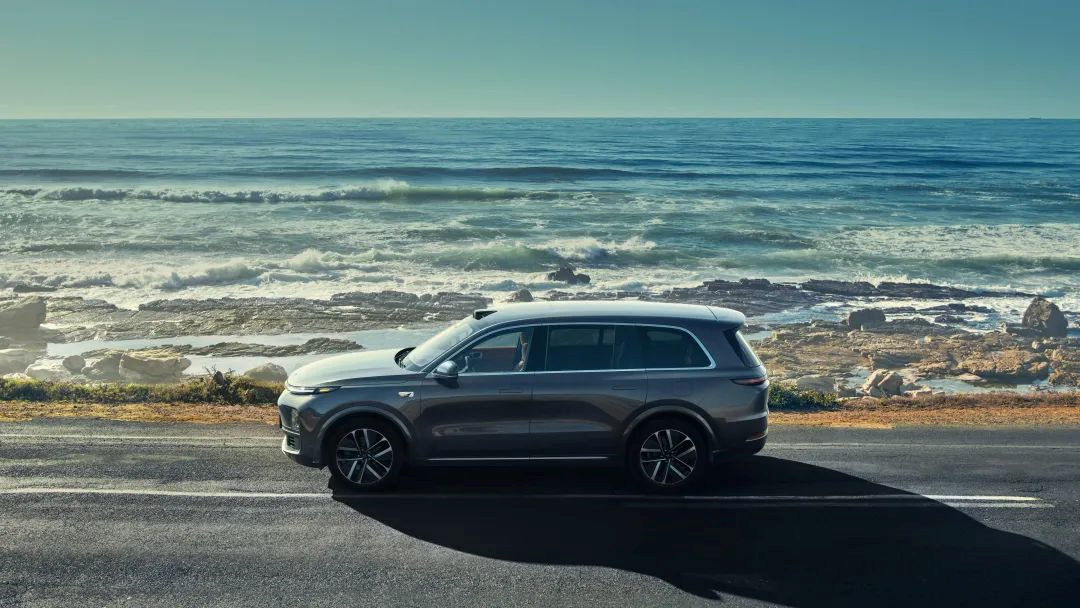 Once again, Apple’s user experience also depends on its absolute control over the supply chain, which enables Apple to force the supply chain to develop new technologies and use them exclusively at low cost. During the communication, Li Xiang also mentioned that one big reason why the L9 does not have rear-wheel steering is that “suppliers are unwilling to do it”: “Because basically all rear-wheel steering now uses ready-made supply solutions, and only a few companies in the world can do it, and the ready-made supply solutions are also unwilling to make modifications for us. There are no ready-made suppliers in our structure who can come and do it, and these suppliers are also unwilling to develop for us, so we are not fretting over it.”
Once again, Apple’s user experience also depends on its absolute control over the supply chain, which enables Apple to force the supply chain to develop new technologies and use them exclusively at low cost. During the communication, Li Xiang also mentioned that one big reason why the L9 does not have rear-wheel steering is that “suppliers are unwilling to do it”: “Because basically all rear-wheel steering now uses ready-made supply solutions, and only a few companies in the world can do it, and the ready-made supply solutions are also unwilling to make modifications for us. There are no ready-made suppliers in our structure who can come and do it, and these suppliers are also unwilling to develop for us, so we are not fretting over it.”
However, Li Xiang also mentioned that Ideal is changing this issue by joint ventures with suppliers: “The first is to ensure that the technology is controllable, the second is to ensure the supply, and the third is to obtain some cost advantages.” On the L9, core components such as range extenders already have Ideal’s absolute shadow.
Compared to the large screens and refrigerators on Ideal L9, Li Xiang’s product concept is the core dimension for judging the value of this product.
Perhaps, it is necessary to wait for the next car with a complete range of products before we can find out the rules more thoroughly.
Or, let’s just go ahead and grab the iPhone 14.
This article is a translation by ChatGPT of a Chinese report from 42HOW. If you have any questions about it, please email bd@42how.com.
